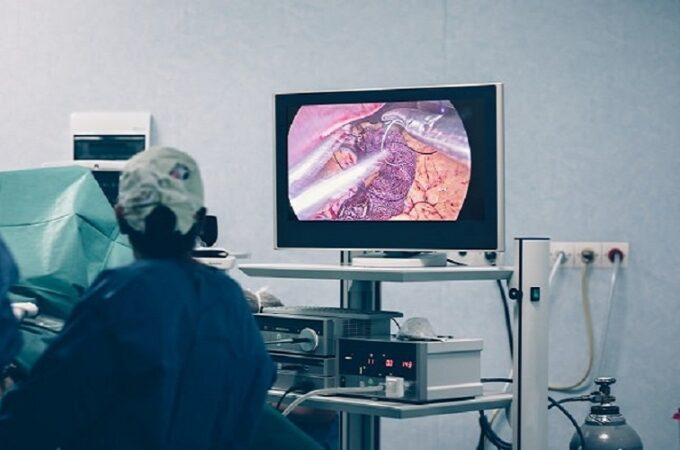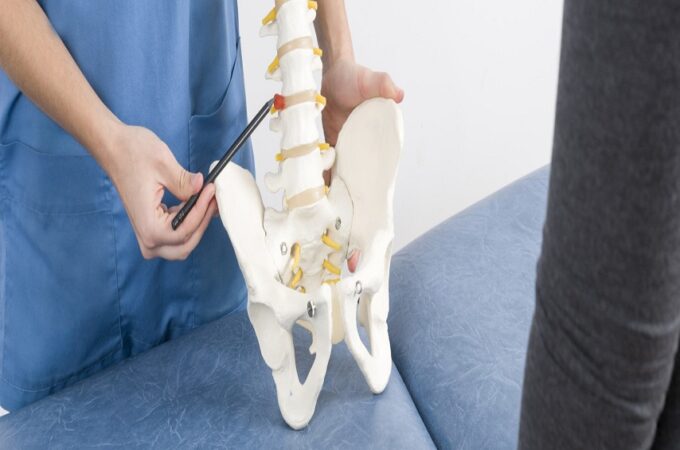
Rethinking Liposuction: What You Really Need to Know
When people hear “liposuction,” they often think of quick fixes or instantly sculpted figures.But in reality, it’s a medical procedure requiring thoughtful planning, realistic expectations,and careful recovery. Rather than glam it up, understanding the realities can help you (oryour readers) make informed decisions—safely and sensibly.
What Liposuction Is—and Isn’t
Liposuction, also known as lipoplasty or lipo, uses cannulas and suction to remove fat from specific areas of the body. It isn’t a weight-loss solution, nor does it address obesity-related health issues long-term—even though the fat removed is gone, the body often redistributes fat later. It works best for those who are at a stable, healthy weight and have good skin elasticity.
Recognising the Risks and Safety Realities
Despite being common, liposuction carries potential risks. Serious complications—though rare—can include fat embolism, infection, organ perforation, and swelling that persists for weeks or month. Large-volume procedures (over 5 liters) pose higher risk and are generally advised to be done in stages by highly experienced surgeons in a hospital setting.
The key takeaway? Safety relies on proper patient selection, methodical technique, and cautious aftercare. These are best delivered by those trained and regularly practicing such procedures.
Techniques and Modern Options
Liposuction isn’t one-size-fits-all. Some common techniques include:
- Tumescent liposuction, where fluid containing a local anesthetic and vasoconstrictor is injected before fat removal.
- Ultrasound-assisted methods like VASER®, which break down fat gently before suction, aiming to protect surrounding tissues.
- Other advanced options like power-assisted, laser-assisted, and water-jet techniques that cater to specific needs—such as lymph-sparing liposuction or delicate areas.
The Recovery Road: What to Expect
Recovery is more of a marathon than a sprint. Here’s what typically unfolds:
- Initial week or two: Expect swelling, bruising, and discomfort. Following your surgeon’s post-op instructions—from wearing compression garments to gentle movement—is critical for a smooth recovery.
- Weeks 3–6: Gradual reduction in swelling, with many patients returning to low-intensity activities and noticing early results.
- Up to 3 months or more: Final results settle as the body heals fully. Long-term success depends on staying hydrated, eating well, and avoiding high-impact routines too soon.
Supportive massage (e.g., lymphatic drainage) may help manage fluid retention—but should always be done under guidance to avoid complications.
Medical Necessity vs Cosmetic Choice
While generally considered cosmetic, liposuction can serve medically necessary purposes—like treating lipedema, lymphedema, or removing lipomas. These cases follow different protocols, including psychological assessment and adherence to stricter safety standards.
Choosing the Right Provider: It Matters
The quality of the surgeon and facility can profoundly affect outcomes. That’s why seeking out liposuction experts—rather than flashy marketing—is so important. Look for professionals with thorough training, transparent practices, and a patient-first approach.
Conclusion: Informed Choices for Realistic Results
Liposuction isn’t about instant perfection. It’s a surgical procedure with defined benefits—and risks—that demands preparation, patience, and trust in your provider. Armed with clarity and realistic expectations, patients can make decisions that align with both safety and personal goals. At the end of the day, expert guidance—not glamour—is what makes all the difference.





